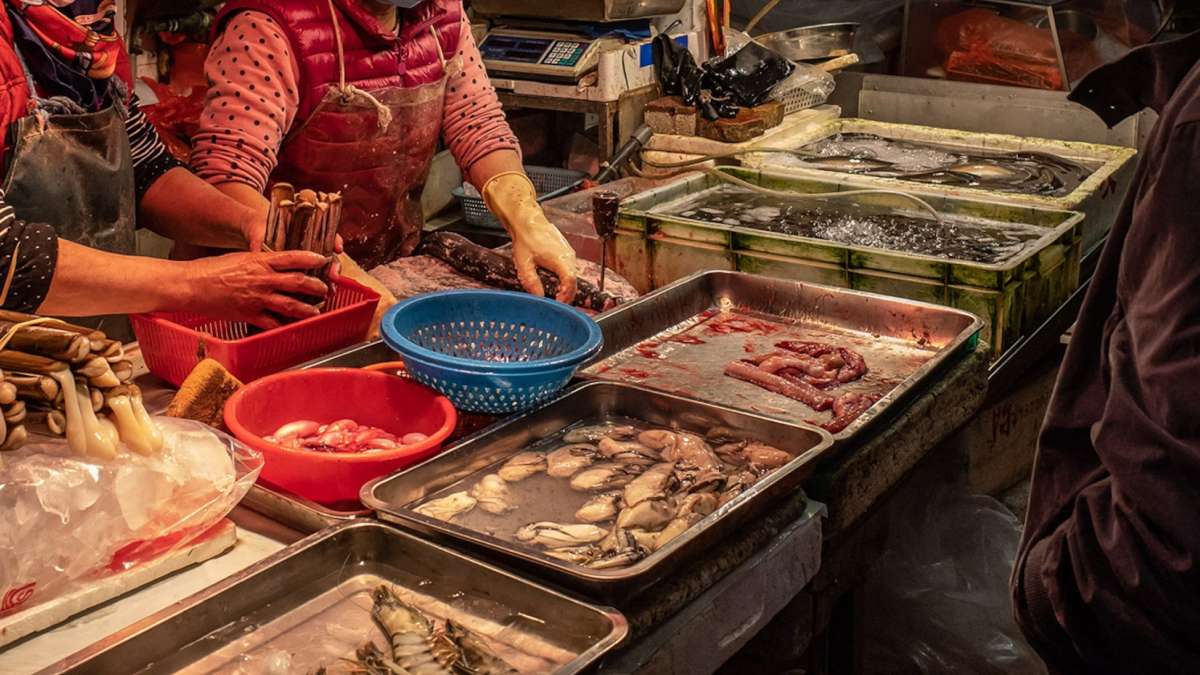A newly published study on Thursday has provided more evidence supporting the theory that COVID-19 likely originated from infected animals sold at a Chinese market in late 2019. The findings are based on over 800 samples collected from the Huanan Seafood Market in Wuhan, where the first cases of the virus were reported.
The study, featured in the Cell journal, highlights that wild animals, including raccoon dogs and civets, were present at the market in late 2019. This suggests that these animals, capable of transmitting similar viruses to humans, may have acted as an intermediate host between humans and bats, where SARS-CoV-2 is suspected to have originated.
“Our study confirms that there were wild animals at this market at the end of 2019,” said evolutionary biologist Florence Debarre from France’s CNRS research agency. She added that the animals were located in the southwest corner of the market, an area with a significant amount of SARS-CoV-2 virus detected.
The research, based on samples from market stalls and equipment, also found more DNA from mammalian wildlife species than from humans in COVID-positive samples. Despite not being able to directly confirm if the animals were infected, the findings point to wildlife stalls as a hotspot for the virus.
James Wood, an epidemiologist at Cambridge University, described the study as providing “very strong evidence” that wildlife stalls played a crucial role in the emergence of the pandemic. He emphasized that the study also raises concerns about the ongoing live trade in wildlife, which poses risks for future pandemics.






